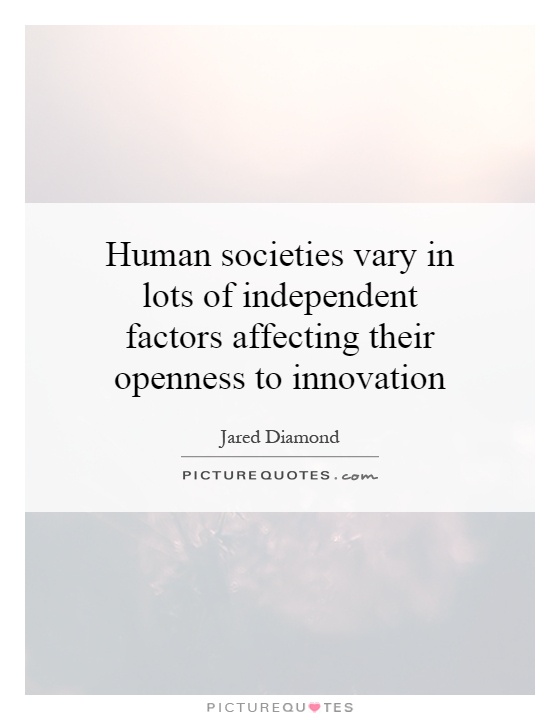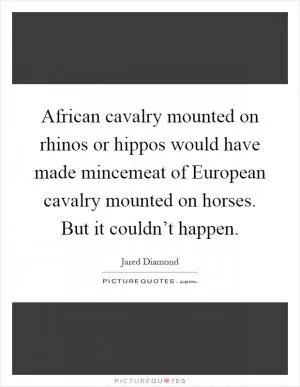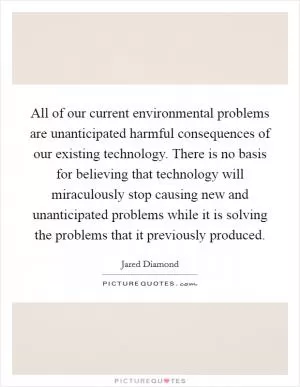Human societies vary in lots of independent factors affecting their openness to innovation

Human societies vary in lots of independent factors affecting their openness to innovation
Human societies vary in lots of independent factors affecting their openness to innovation, a concept that is explored in depth by renowned author and scientist Jared Diamond in his book "Guns, Germs, and Steel." Diamond argues that the success or failure of societies in history can be attributed to a variety of factors, including geography, climate, and access to resources.One of the key factors that Diamond highlights is the geographical location of a society. For example, societies located in areas with fertile soil and abundant natural resources are more likely to thrive and innovate compared to those in harsh environments with limited resources. This is because societies with access to resources are able to support larger populations, which in turn leads to more specialization and the development of new technologies.
Climate is another important factor that can influence a society's openness to innovation. Societies located in temperate climates with mild weather conditions are more likely to have stable food supplies and be able to focus on other pursuits, such as art, science, and technology. On the other hand, societies in harsh climates with extreme weather conditions may struggle to survive and have less time and resources to devote to innovation.
Access to resources is also a crucial factor in determining a society's openness to innovation. Societies with access to a wide range of resources, such as metals, minerals, and fertile land, are more likely to develop new technologies and advance their societies. In contrast, societies with limited resources may struggle to innovate and may be more focused on survival.












 Friendship Quotes
Friendship Quotes Love Quotes
Love Quotes Life Quotes
Life Quotes Funny Quotes
Funny Quotes Motivational Quotes
Motivational Quotes Inspirational Quotes
Inspirational Quotes